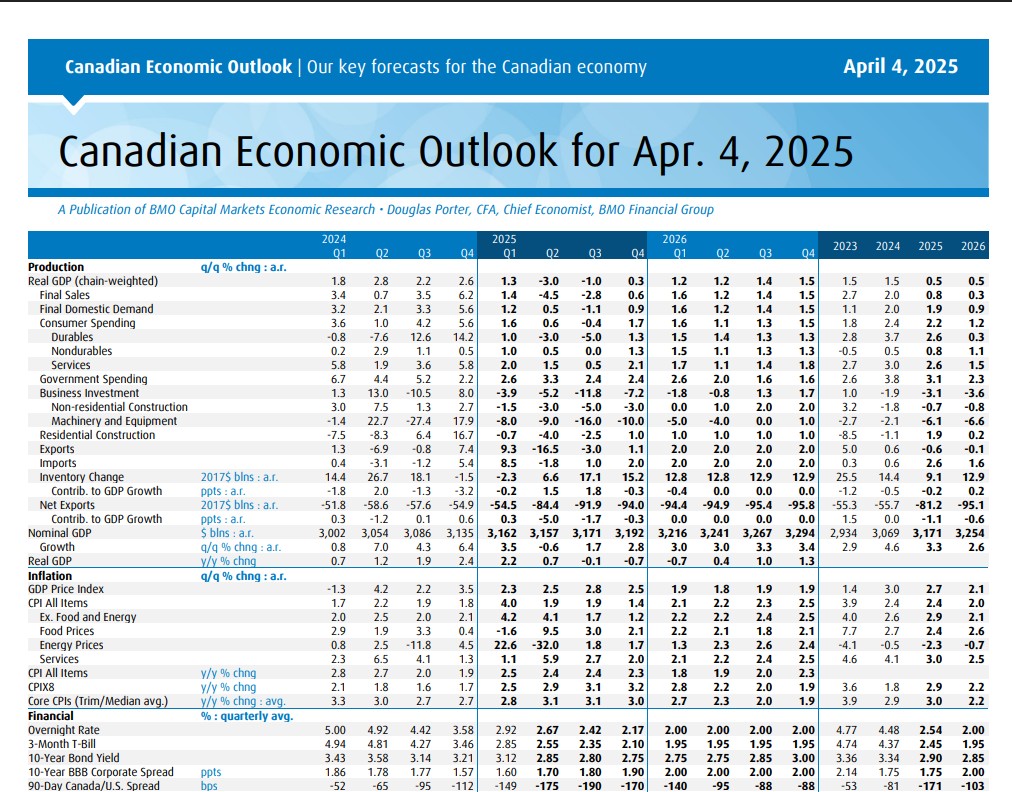Why Are Home Renovation Costs So High in 2025?
If you’ve recently requested a home renovation quote and felt sticker shock, you’re not imagining things. Across Canada, contractors are raising their rates—not just because of inflation, but due to a ripple effect caused by global trade wars, tariffs, and material shortages. These hidden forces are pushing up construction costs across the board.
In this blog, we’ll explore:
-
How global trade conflicts are driving up Canadian construction costs
-
Key materials impacted by tariffs (like lumber, steel, and appliances)
-
Why labor is becoming more expensive—and how it’s tied to trade policy
-
Smart strategies homeowners can use to manage rising costs
-
Expert predictions on when prices might stabilize
1. Global Tariffs: The Hidden Cost Behind Every Renovation
Canada relies heavily on imported construction materials. When international trade tensions rise, tariffs on these materials increase costs for builders and, ultimately, homeowners.
Major Tariff Impacts:
-
Softwood lumber from Canada faces U.S. duties averaging 11–20%, inflating the cost of framing, cabinetry, and flooring.
-
Steel and aluminum, affected by U.S.-China trade battles, are taxed up to 25%, impacting structural beams, appliances, and fasteners.
-
Fixtures, tiles, and electrical components from Asia also face 10–25% import duties, further increasing overall project expenses.
🔗 Source: CBC – U.S. Tariffs Impacting Canadian Construction

2. Supply Chain Delays = Project Delays & Higher Costs
Tariffs are only part of the story. Global supply chain disruptions have caused significant delays in material shipments, leading to:
-
Extended project timelines
-
Higher labor costs due to longer job durations
-
Surprise material price hikes during projects
During the pandemic and post-2021 period, lumber prices surged by over 300%, adding thousands to project budgets.
🔗 Source: The Globe and Mail – Construction Bottlenecks

3. Rising Labor Costs: Skilled Trades in Short Supply
Trade wars indirectly affect the Canadian labor market, too. With many skilled tradespeople leaving during the pandemic, there’s now a critical shortage of experienced workers.
-
Construction wages have increased 5–8% annually since 2022.
-
Builders are offering higher salaries to attract and retain talent.
🔗 Source: Statistics Canada – Construction Employment Trends

4. Case Studies: Real-World Cost Increases (2020 vs. 2024)
Kitchen Renovation Example:
| Item | 2020 Cost | 2024 Cost | % Increase | Cause |
|---|---|---|---|---|
| Cabinets | $8,000 | $11,000 | +37.5% | Tariffs on wood and MDF |
| Countertops | $4,500 | $6,200 | +38% | Quartz tariffs (China) |
| Appliances | $6,000 | $7,500 | +25% | Steel tariffs, delays |
| Labor | $12,000 | $15,000 | +25% | Skilled labor shortage |
| Total | $30,500 | $39,700 | +30% | Combined global factors |
Deck Building: The Lumber Rollercoaster
-
Pre-2020 cost: $15,000
-
2021 peak: $28,000 (+87%)
-
2024 average: $20,000 (+33% vs. 2020)
🔗 Source: Canadian Home Builders’ Association – Cost Index
5. How Homeowners Can Offset Rising Construction Costs
While you can’t control global trade, you can make smart decisions to reduce renovation expenses.
✅ Tips to Cut Costs:
-
Lock in Quotes Early:
Prices shift weekly—sign contracts quickly to secure current rates. -
Choose Alternative Materials:
-
Hardwood → Switch to luxury vinyl plank (LVP)
-
Granite → Consider laminate or butcher block
-
-
Split Projects into Phases:
Tackle high-priority work first (e.g., structural framing), then cosmetic finishes later. -
Negotiate Smartly:
Ask for discounts for off-season work or bundle services. Some contractors may offer lower rates for cash payments (check local regulations first).
6. When Will Renovation Costs Stabilize?
According to recent economic forecasts, here’s what to expect:
-
Lumber prices will likely remain 20–30% above pre-2020 levels due to sustained demand and trade policies.
-
Steel/aluminum tariffs aren’t expected to ease unless U.S.-China relations improve.
-
Labor costs will continue rising unless more workers enter the trades.
🔗 Source: BMO Economics – 2025 Construction Outlook

Conclusion: Planning Renovations in a Volatile Market
Today’s renovation prices aren’t a result of greedy contractors—they’re a reflection of a complex global trade landscape. As materials and labor become more expensive due to tariffs, shortages, and supply disruptions, builders must raise their rates to stay afloat.
Homeowners can still renovate smartly by locking in prices early, exploring alternative materials, and phasing out their projects strategically.


